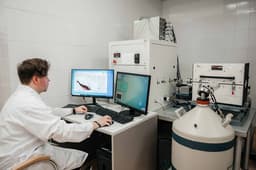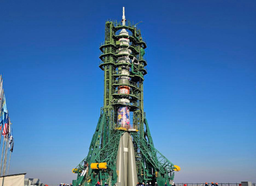Scientists from Tomsk have developed a system of mathematical modeling of permeability and interaction of hydrogen with other elements of high entropy niobium-containing alloys.

The research is supported by the Ministry of Education and Science "Priority 2030" program. According to the press service of TPU, the alloys created with the help of the mathematical model are more efficient in operation and less costly in production.
Why Hydrogen Purification Filters are Needed
Pure hydrogen is used for hydrogen fuel cells, so they last stably and longer. But hydrogen, obtained by promising and economically advantageous methods, for example, natural gas conversion, coal gasification, industrial waste pyrolysis, contains a very large number of impurities.
The development of effective filters for hydrogen purification is a relevant task for hydrogen energy and science in general. One of the most effective hydrogen-resistant membrane materials is palladium and its alloys. However, the use of such membranes in industrial production is impractical because of their high cost.
That is why polytechnics are modeling and synthesizing high entropy alloys that contain niobium, nickel, cobalt, and a number of other elements.
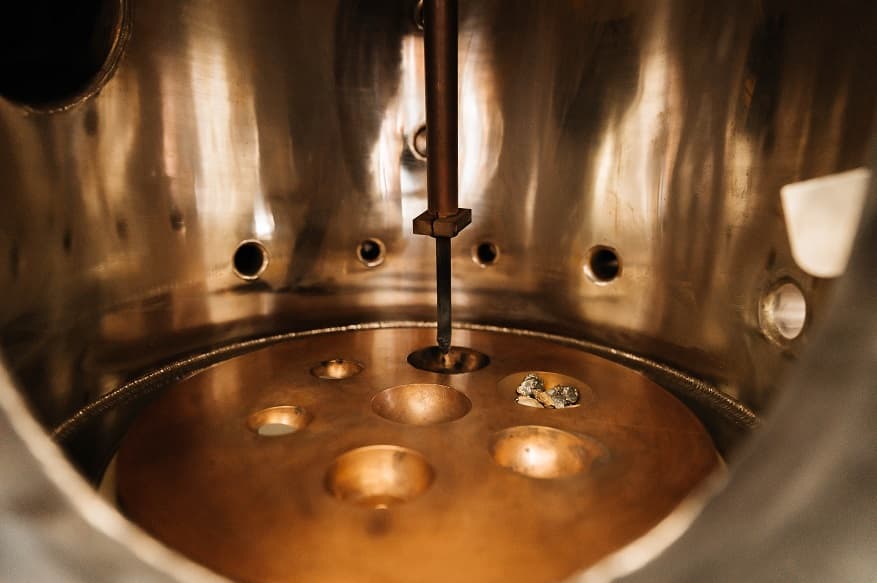
High entropy alloys have a set of unique properties due to the so-called cocktail effect of different elements. They form a single crystalline lattice, do not undergo phase transitions over a wide range of temperatures. By varying the composition of the alloy, we can change the microstructure and crystal lattice of the material to improve hydrogen permeability at relatively low temperatures.
During the gas passing through the membrane filter, the hydrogen molecule dissociates into atoms when heated. Single hydrogen atoms penetrate the material and diffuse in the crystal lattice.
Having passed through the metal, they recombine into a molecule on the outer surface, where pure hydrogen is obtained. This process depends on how quickly hydrogen moves in the crystal and how much hydrogen the material can absorb.
As part of the project implementation, scientists from Tomsk Polytechnic University have developed new numerical models that allow to estimate the mobility of hydrogen when passing through multicomponent and high-entropy alloys containing niobium.
They will allow scientists to make a choice and optimize alloys with low activation energy of hydrogen sorption and desorption, as well as phase stability over a wide temperature range for the subsequent creation of metallic membranes of the new generation based on high-entropy alloys.
Now on home

Герой России Гарнаев: никто из профессионалов о возобновлении производства на КАЗ всерьёз не говорит
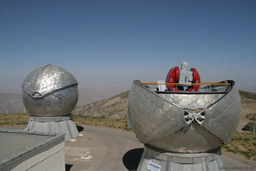
Система отслеживает спутники на высотах до 50 000 км и ведёт за ними наблюдение

The armored vehicle is equipped with a KamAZ-740.35-400 diesel engine with a power of 400 hp.

Constant improvements in avionics, weapons and tactical capabilities will make the aircraft a flexible response to future challenges

The exterior of the KamAZ-54901 features fairings on the cab and chassis for fuel economy

Fighters are in demand both domestically and abroad
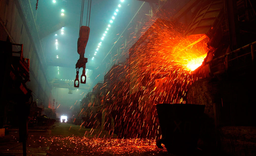
Tyazhpromexport and Venezuela Agree on Plant Revival

The company not only completed the state order, but also quickly mastered the production of AK-12K for special forces

Experts have developed a photogrammetric complex with a resolution of less than 1 cm

